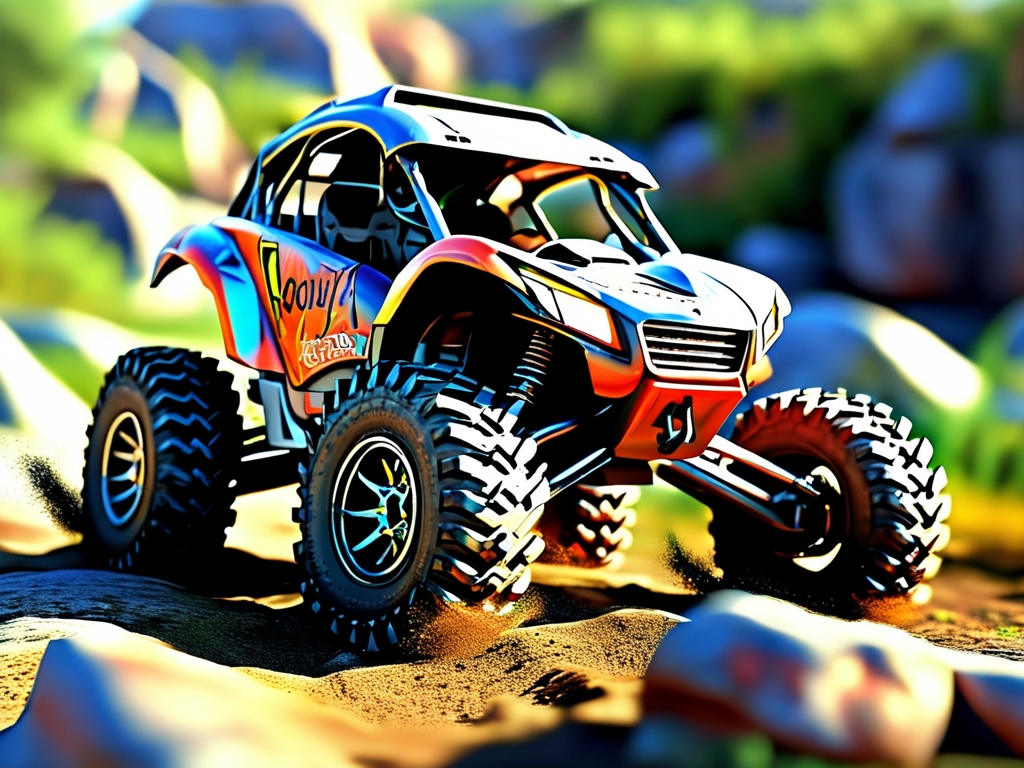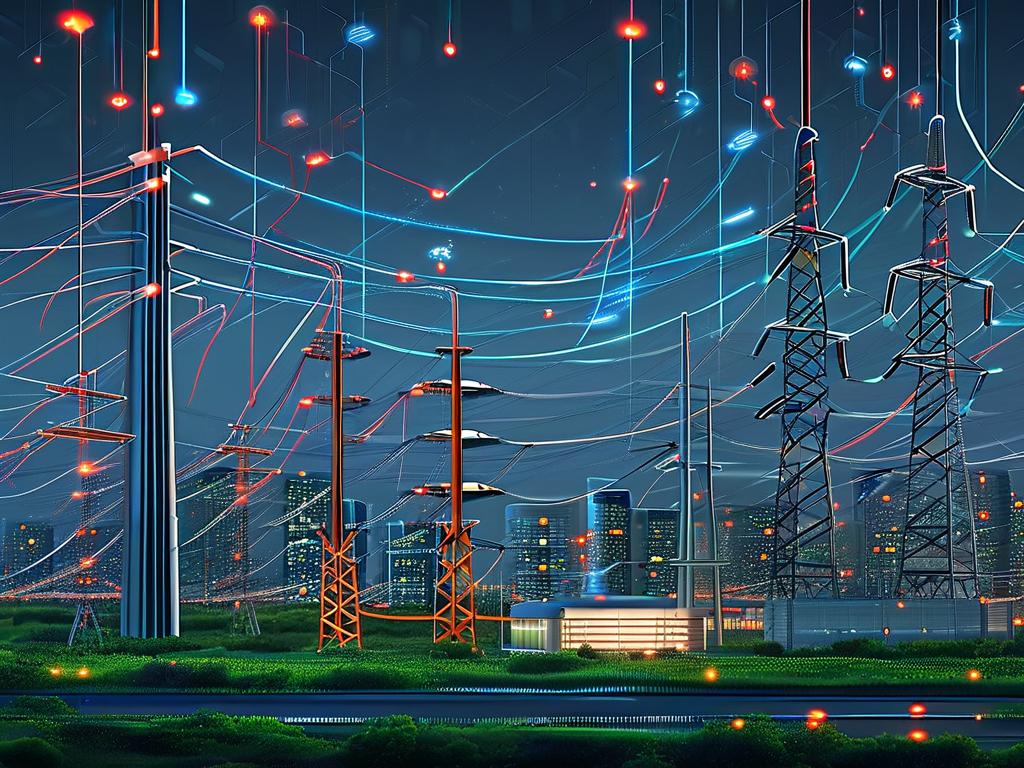The rapid evolution of robotic off-road technology is redefining how machines interact with unpredictable terrains, from dense forests to rocky mountains. As industries demand greater autonomy in harsh environments, engineers and researchers are pushing the boundaries of robotics to create systems capable of navigating, adapting, and performing tasks without human intervention. This article explores the cutting-edge advancements, challenges, and real-world applications of off-road robotics.

The Core Challenges of Off-Road Robotics
Unlike structured urban or indoor environments, off-road terrains present unique obstacles. Uneven surfaces, mud, vegetation, and rapidly changing weather conditions require robots to process vast amounts of sensory data in real time. Key challenges include:
- Terrain Perception: Advanced LiDAR, radar, and stereoscopic cameras enable robots to map surroundings in 3D. Machine learning algorithms classify surfaces (e.g., gravel vs. quicksand) to adjust movement strategies.
- Dynamic Stability: Robots must maintain balance on slopes or slippery surfaces. Hybrid locomotion systems—combining wheels, tracks, and legs—are gaining traction. For example, Boston Dynamics' "Spot" uses articulated legs to traverse rocky landscapes, while NASA's "Perseverance" rover employs a six-wheeled rocker-bogie mechanism for Martian terrain.
- Energy Efficiency: Off-road navigation consumes significant power. Innovations like regenerative braking and solar-integrated designs extend operational durations in remote areas.
Breakthrough Technologies Driving Progress
Recent advancements have accelerated the development of robust off-road robots:
- AI-Driven Decision-Making: Reinforcement learning allows robots to "learn" from simulated environments. For instance, MIT's "Mini Cheetah" autonomously adapts its gait after analyzing terrain textures.
- Swarm Robotics: Teams of small robots collaborate to overcome obstacles. DARPA’s OFFensive Swarm-Enabled Tactics (OFFSET) program demonstrates how drone swarms map hostile zones collectively.
- Material Science: Lightweight, durable materials like carbon-fiber composites and self-healing polymers reduce wear-and-tear in abrasive environments.
Real-World Applications
- Disaster Response: After earthquakes or landslides, off-road robots locate survivors in debris. The Japanese "Quince" robot successfully navigated radioactive zones during the Fukushima Daiichi nuclear disaster.
- Agriculture: Autonomous tractors and harvesters optimize crop management in uneven fields. John Deere’s fully autonomous 8R tractor uses GPS and AI to plow and seed without human input.
- Space Exploration: Rovers like China’s "Yutu-2" on the Moon and ESA’s upcoming Rosalind Franklin rover on Mars rely on off-road capabilities to conduct scientific experiments.
- Military and Defense: Unmanned ground vehicles (UGVs) such as the Textron M5 RCV perform reconnaissance and logistics in combat zones, reducing risks to soldiers.
Ethical and Technical Hurdles
Despite progress, significant barriers remain:
- Environmental Impact: Heavy robots may damage fragile ecosystems. Researchers are designing low-pressure tires and bio-inspired feet to minimize soil disruption.
- Cybersecurity: Autonomous systems are vulnerable to hacking. Encrypted communication protocols and blockchain-based data verification are being tested.
- Public Acceptance: Concerns about job displacement and safety persist. Transparent AI decision frameworks and regulatory standards are critical for widespread adoption.
The Road Ahead
The next decade will see off-road robots transition from experimental prototypes to mainstream tools. Key trends include:
- 5G Connectivity: Ultra-low latency networks will enable real-time remote control and data sharing in areas with poor infrastructure.
- Biomimicry: Robots mimicking animals (e.g., snake-like robots for narrow crevices or insect-inspired designs for swarm coordination) will dominate niche applications.
- Sustainability Integration: Hydrogen fuel cells and biodegradable components will align robotic deployments with global climate goals.
In , robotic off-road technology is not just about conquering physical challenges—it represents a fusion of AI, engineering, and environmental stewardship. As these systems become more resilient and intelligent, they will unlock new possibilities in exploration, industry, and humanitarian efforts, ultimately reshaping humanity’s relationship with the planet’s most untamed landscapes.









